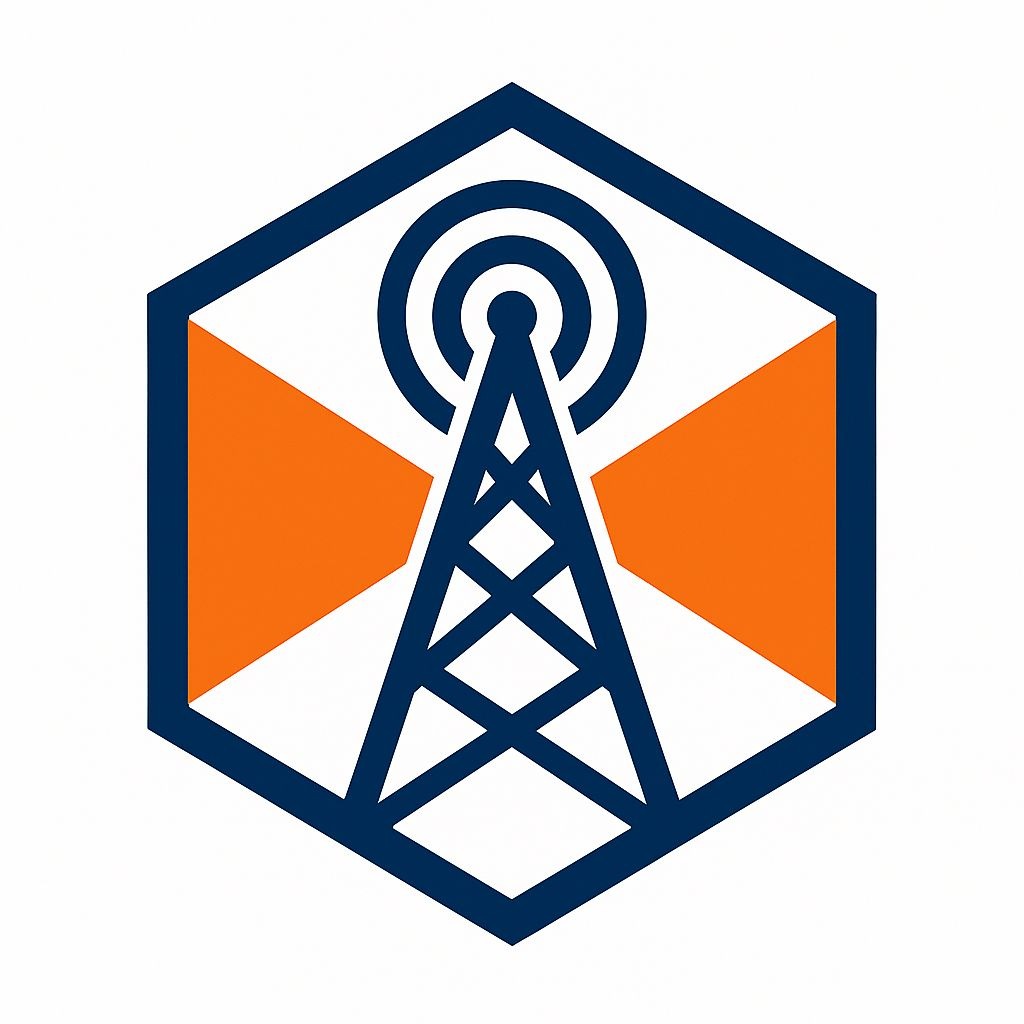
A Long-Awaited Solution: Arkansas Valley Conduit
The Arkansas Valley Conduit (AVC) project, with a staggering cost of $1.39 billion, represents a beacon of hope for the residents of Colorado's Lower Arkansas River Valley. For decades, these communities have endured the consequences of contaminated water, with radium and selenium posing significant health risks. The state health department has mandated that residents install advanced treatment systems to make their water potable or purchase it from vending stations. However, with the recent groundbreaking of the AVC, an era of uncertainty may finally be coming to an end.
Historical Context: A Promise Made Over 60 Years Ago
The need for a clean water source has been evident since the 1960s, around the time of the Fryingpan-Arkansas Project's inception. Initially authorized in 1962, the AVC was meant to deliver clean water sourced from the Arkansas and Colorado rivers to the parched communities in southeastern Colorado. This long history is not just about infrastructure; it's a promise made by the federal government to the residents who have waited patiently for over half a century. The painful irony is that while the project has faced repeated delays and budget increases, the issues with the local water supply have only compounded over time.
Why This Project Matters Now: Transforming Lives
The AVC is more than just a pipeline; it's a lifeline for approximately 50,000 residents relying on well water that does not meet safety standards. Many families are hopeful that the completion of the AVC will not only ensure access to clean drinking water but also bring economic revitalization to their towns. Bill Long, president of the Southeastern Water Conservancy District, emphasizes that high-quality water will foster new opportunities. "Better water creates new opportunities," he states, illustrating the pipeline's potential to spur growth and attract families and businesses to the region.
The Challenges Ahead: Costs and Concerns
The financial implications of the AVC are significant. With costs estimated at $30,888 per person, local leaders are grappling with the potential burden this project could place on their communities. As Keith McLaughlin from the Colorado Water and Power Development Authority notes, the rapid rise in costs raises genuine concerns regarding water bill increases for residents, some of whom live on limited incomes. Moreover, the urgency of completing spur lines to connect communities to the AVC is compounded by looming federal deadlines for fund allocation.
A Hopeful Future: Clean Water on the Horizon
Despite the challenges, progress is being made. With Federal and state funding backing the project, the AVC is expected to be the answer to decades of water quality issues. Many towns, including La Junta, are poised to see the delivery of this much-needed clean water in as little as 2027. The federal government’s critical support, including potentially labeled hardship assistance for the low-income communities affected, could further alleviate financial concerns and speed up the completion process.
Conclusion: The Power of Patience and Advocacy
The Arkansas Valley Conduit serves as a powerful testament to community endurance and political advocacy. While the complexities surrounding water rights and funding can be daunting, the hope for clean, safe water is worth the fight. Local leaders and residents alike are rallying behind this project, and with any luck, the day when the AVC delivers its promise will soon be a reality.
 Add Row
Add Row  Add
Add 




Write A Comment